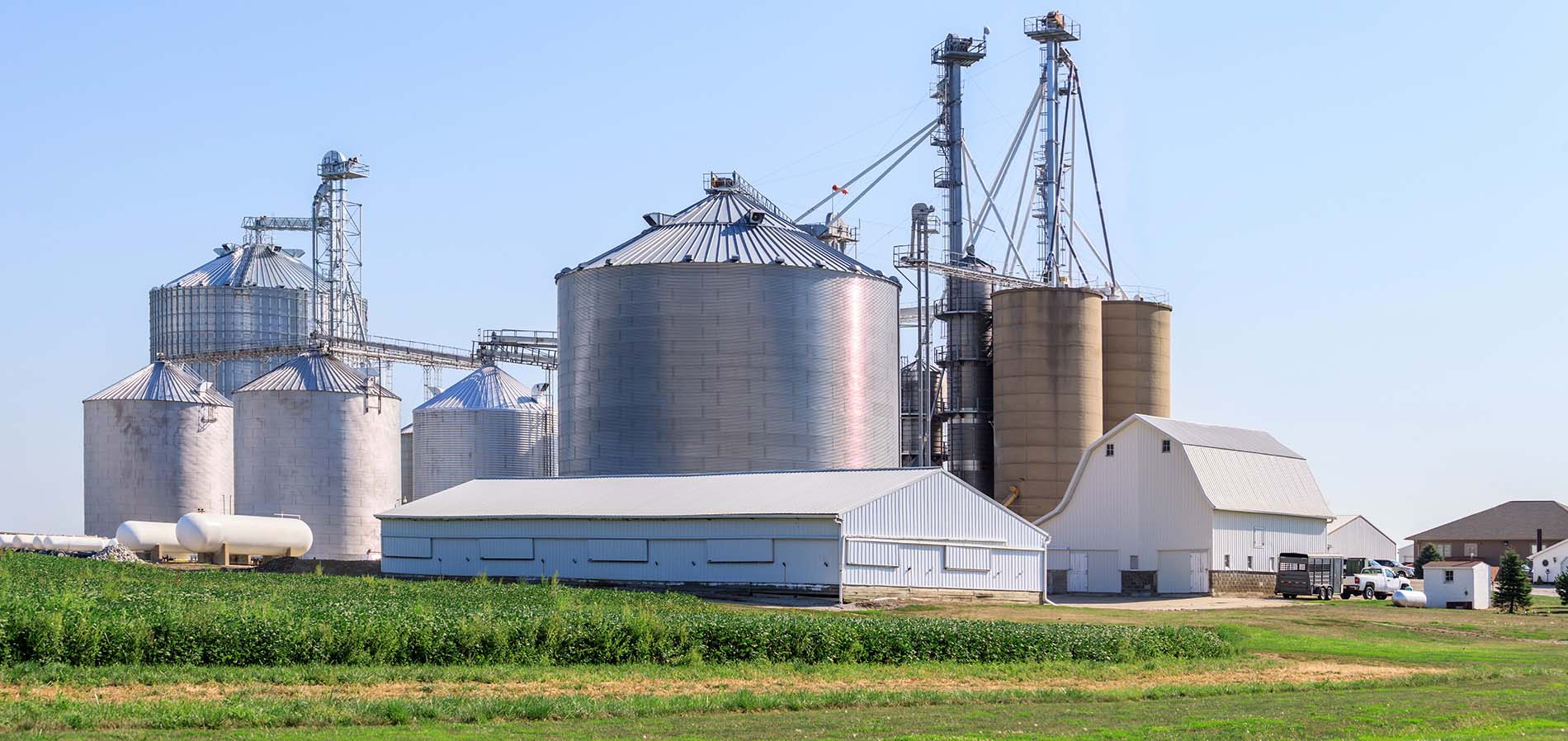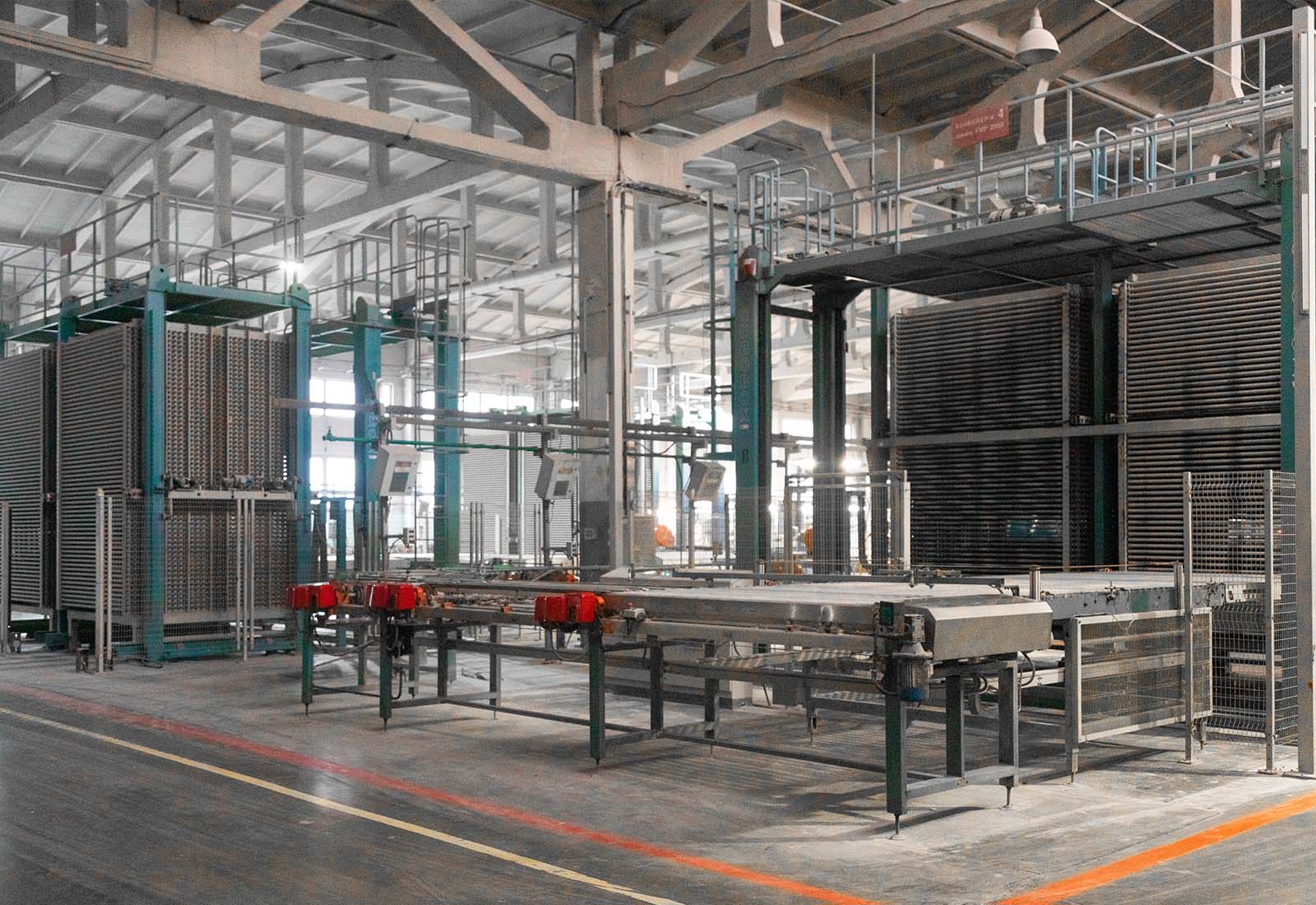Dust Collection for Pneumatic Conveying Equipment
Pneumatic conveyance systems are used to move materials in a facility from one place to another, usually bulk materials. Common industries for pneumatic conveyance include agriculture, chemicals, pharmaceutical, and food processing. Material transfer via vacuum pneumatic systems reduces dust where high volumes of dust are generated, making containment and dust collection more efficient.
How Does Pneumatic Conveying Work?
Pneumatic conveyance is a process used to transfer bulk materials through a pipeline using pressurized gases and negative pressure from one location to another. This type of material transfer is mostly used with powdered or granular bulk substances, where other means of transport within the facility are cumbersome, unwieldy, or generate large amount of combustible or respirable dust. Pneumatic conveying works best for bulk materials that are low in density.
For plant workers, moving bulk materials via pneumatic conveying is a practical solution, resulting in more efficient work, cleaner air in the facility, and a safer work environment.
Some Industries that Use Pneumatic Conveying
Here are a few examples of applications for using pneumatic systems for material transfer:
- Flour or grain products
- Sugar
- Coffee
- Cement
- Chemical powders
- Sand
- Plastic pellets
- Food products
Dust Collection Challenges
Pneumatic conveying comes with a few challenges.
- Proper hood design on transfer points. Most pneumatic conveying systems incorporate hood design or inlets to pick up the materiel being transferred. Local regulations may state how these hoods may be implemented. Hood design should be robust. Turbulence should be minimal, air flow should not be impeded, and air locks should prevent blow backs in case the material enters the pressure side of the system.
- Equipment that will not inhibit current processes. One of the biggest challenges is designing a material transfer system that is efficient, but does not disrupt current production operations.
- Product loss due to conveyor/transfer point movement. Without proper dust collection points, some material can be lost as dust is generated at transfer points and during conveyance.
Needs in Pneumatic Conveying Systems
- Bin Vent Dust Collectors. These keep pneumatic systems running clean, filtering out dust from the conveyed air before it is vented from storage silos or bins. Bin vents usually mount on the piece of equipment that needs venting.
- Central systems. In centralized pneumatic systems, vacuum systems, pressure systems, and air blowers are in one room or area, providing on-demand airflow to connected components.
- Transfer/re-introduce collected dust back into the conveying system. Collected and reclaimed dust can be reintroduced to reduce losses from dust generation.


